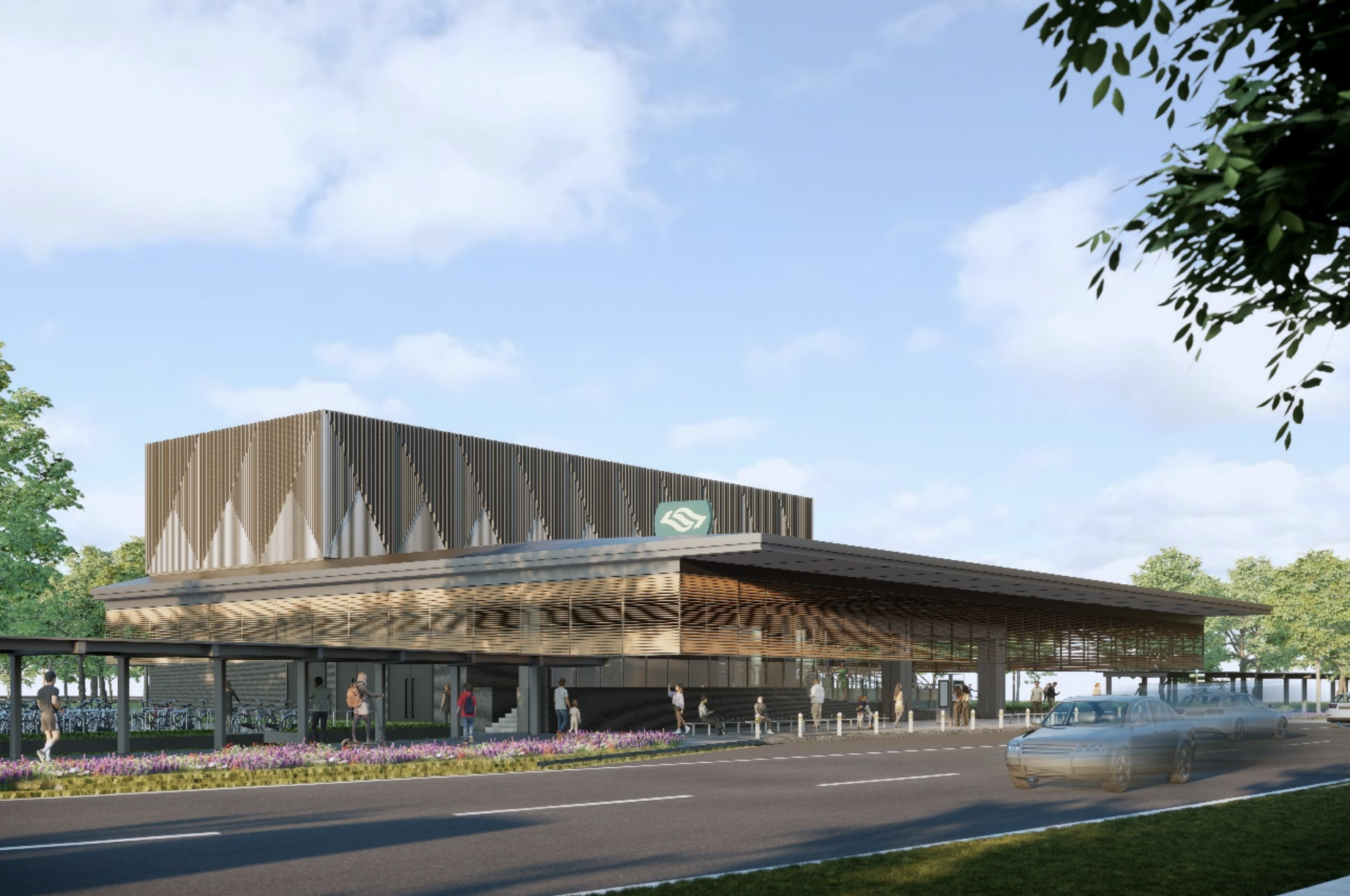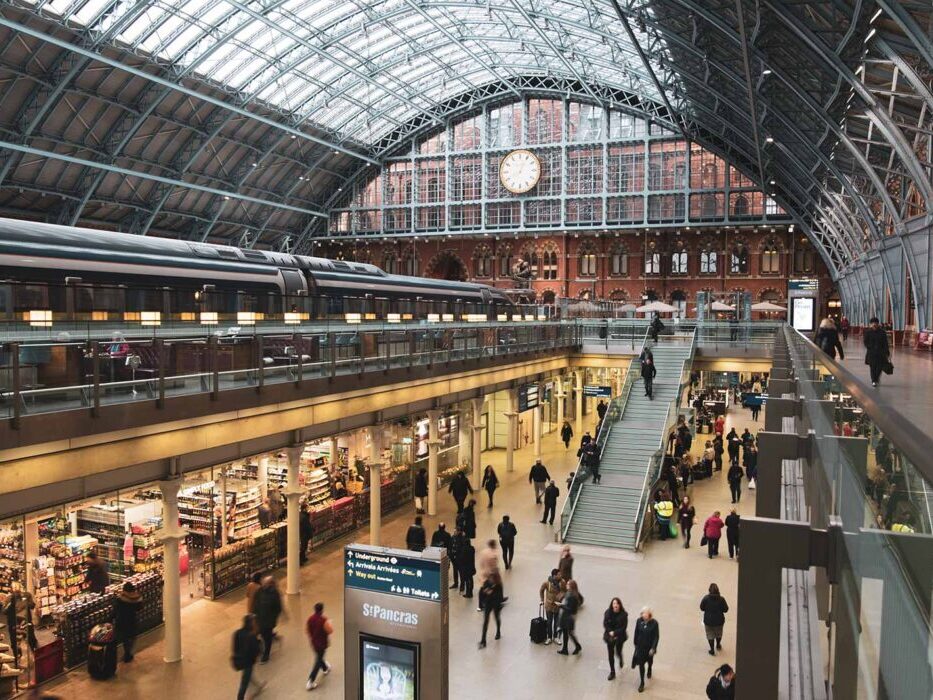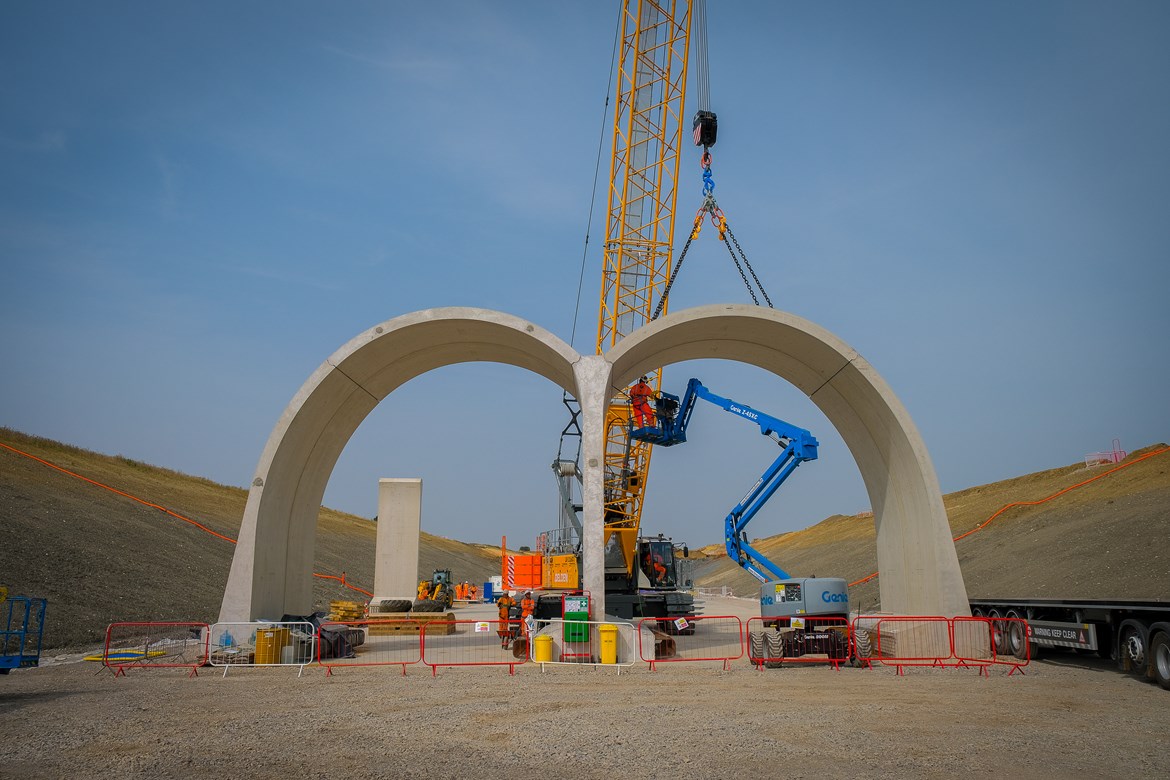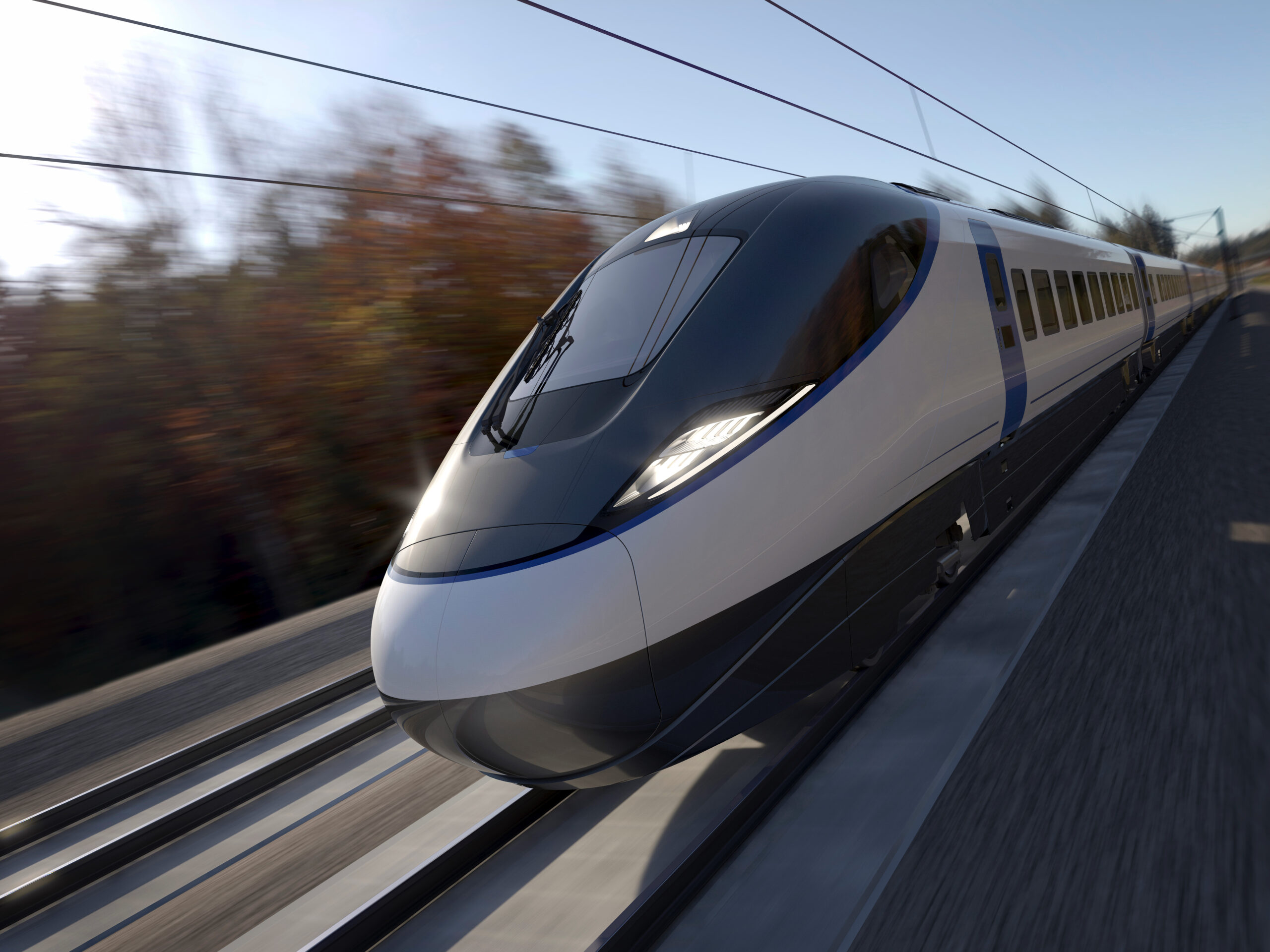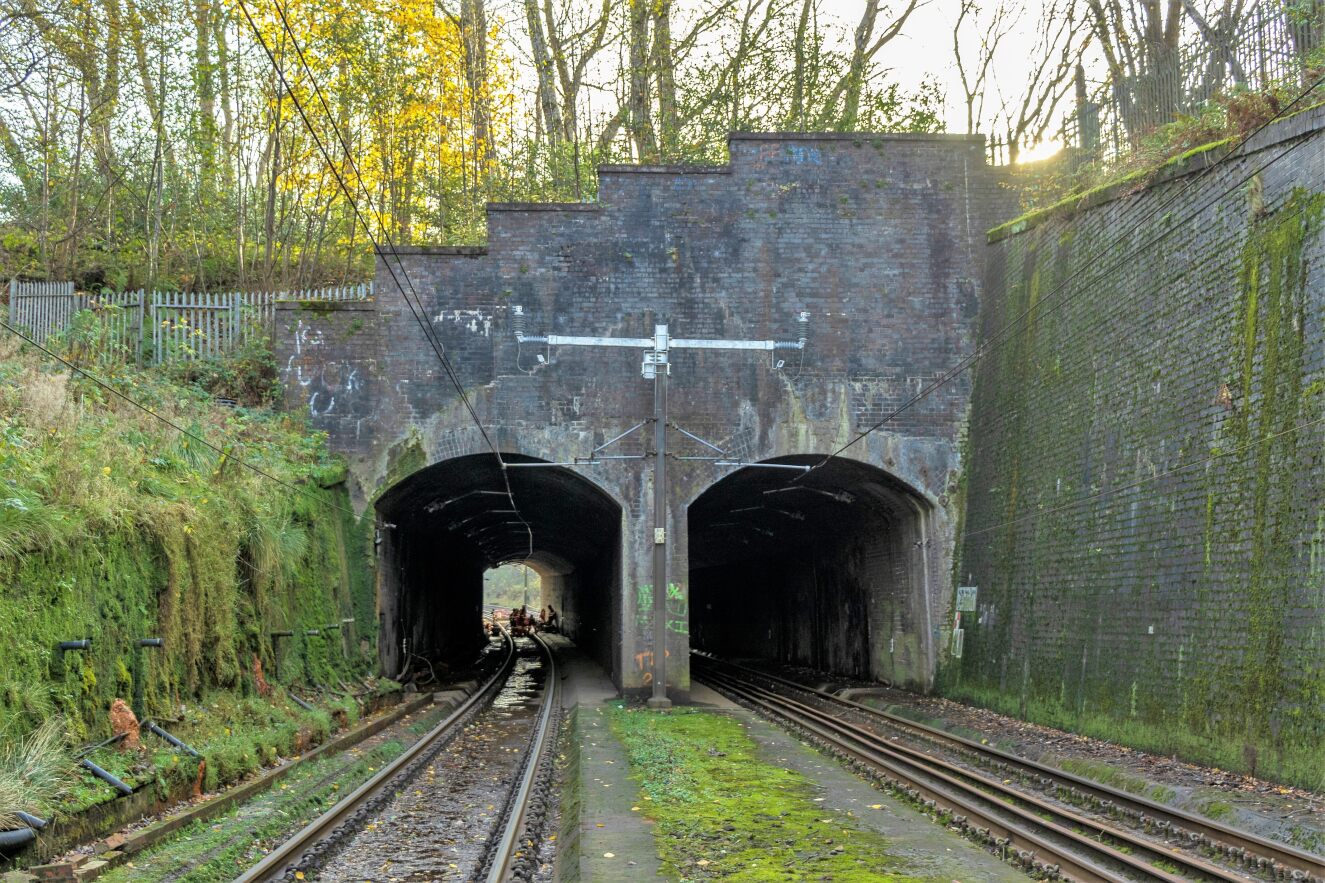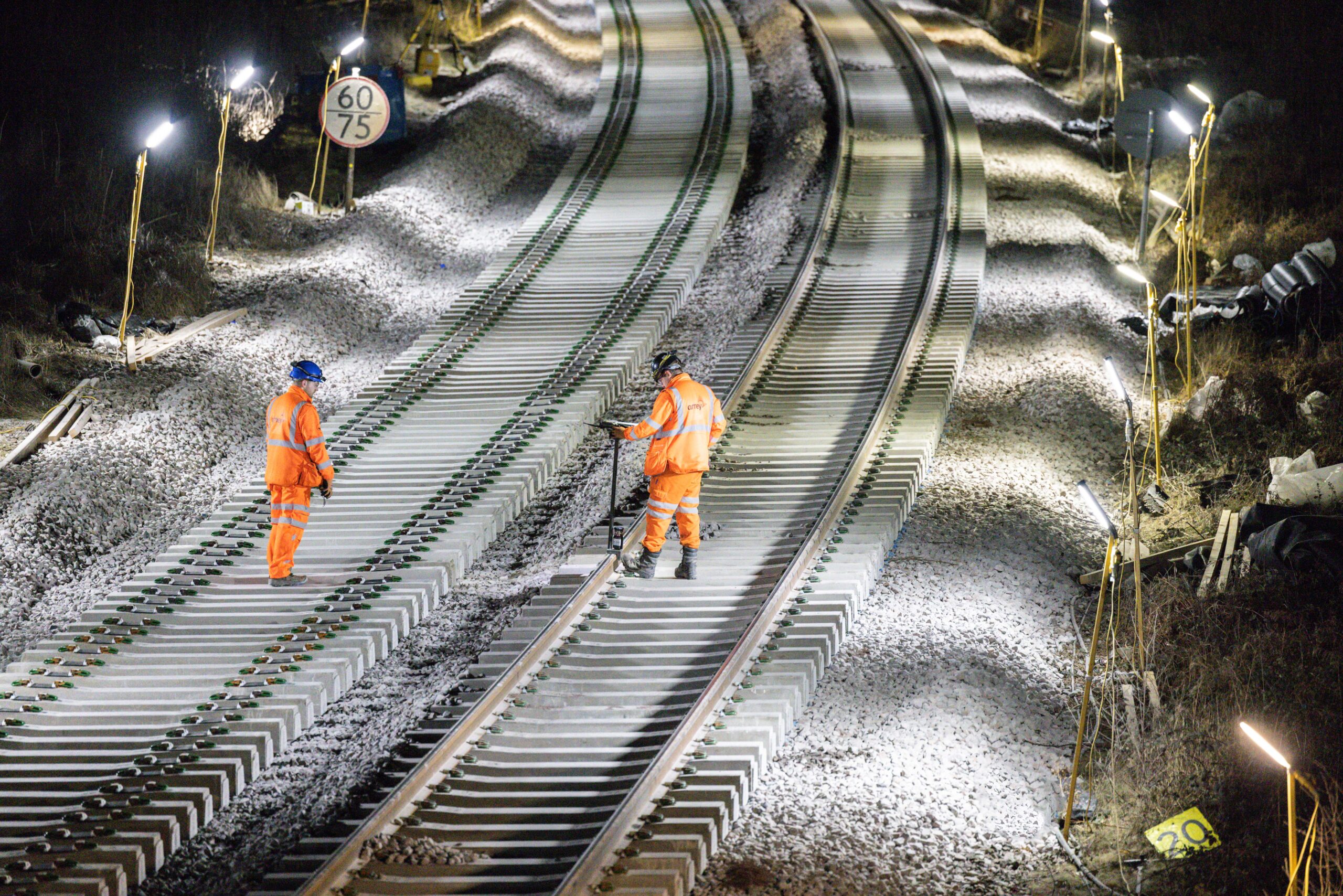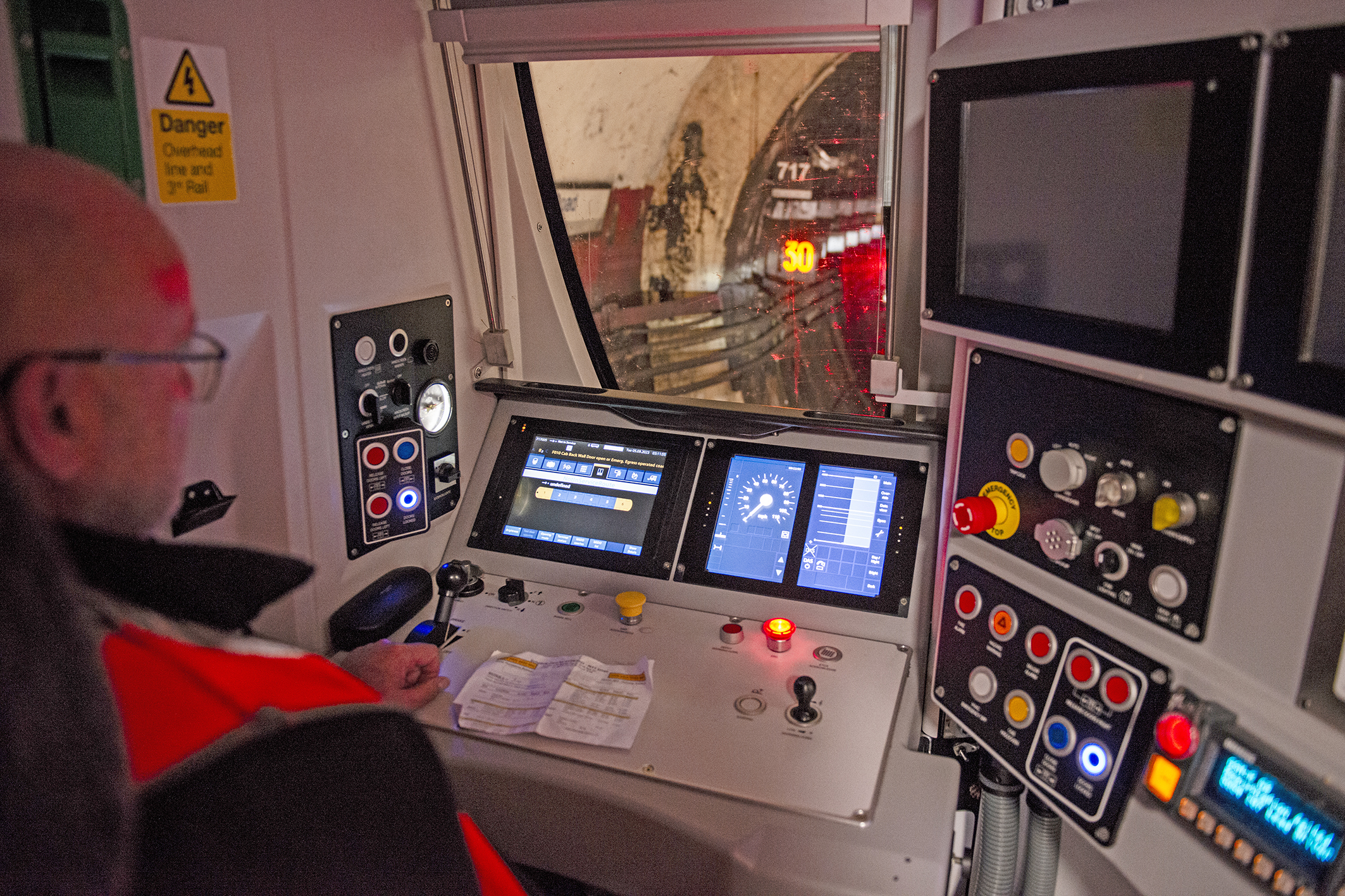Network Rail is investing 3.8 million GBP in carrying out repair work on the world’s oldest viaduct in Newton-le-Willows, Merseyside.
The Sankey Viaduct first opened in 1830 to bridge the 160-metre gap over the Sankey Valley. It will now be repaired ahead of its 200th anniversary.
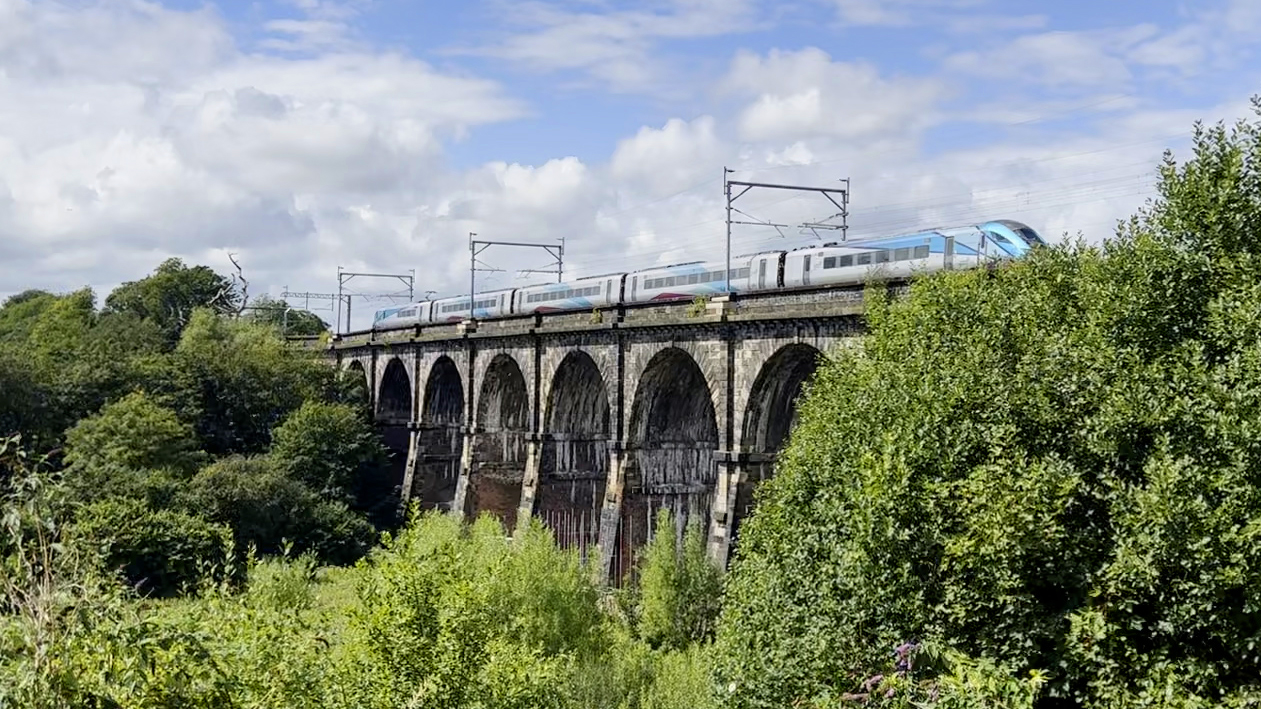
This structure, also known as ‘Nine Arches,’ is regarded as the first major railway viaduct in the world and the birthplace of the modern railway. Upon its opening, it connected Manchester and Liverpool to form the world’s first intercity passenger route with a regular timetable.
To secure it for future use, a team of 25 engineers and scaffolding specialists will carry out a series of repair work on the viaduct over the next four months.
This will include:
- Erecting scaffolding towers along the span
- Repointing mortar using specialist heritage mixes to match the existing materials
- Completing extensive brickwork repairs
- Painting historic metalwork in heritage colours
- Installing strengthening anchors to secure any cracks
- Removing overgrown weeds and plants
- Cleaning graffiti from the top of the stonework
- Fitting three new pairs of pattress plates to secure the structure
Sankey Viaduct was given Grade I listed status in 1966. Free-standing scaffolding is therefore being used to ensure the work does not interfere with the historic structure.
Mark Evans, Network Rail Capital Delivery senior programme manager, said:It’s a privilege to look after so many significant buildings and structures across the rail network, but Sankey viaduct has got to be one of the unsung heroes of Victorian civil engineering.
Its huge significance in the creation of the railway as we know it today is perhaps not so well known – but we’re hoping to change that. This restoration will not only make sure it looks good to celebrate its 200th anniversary in 2030, but will also secure passenger and freight trains for the future too.
Prior to commencing restoration work, laser scanners and drones were used to map the Victorian viaduct and build a 3D computer model.
This detailed digital recreation will help engineers carry out repairs and closely monitor areas needing any further attention.

















